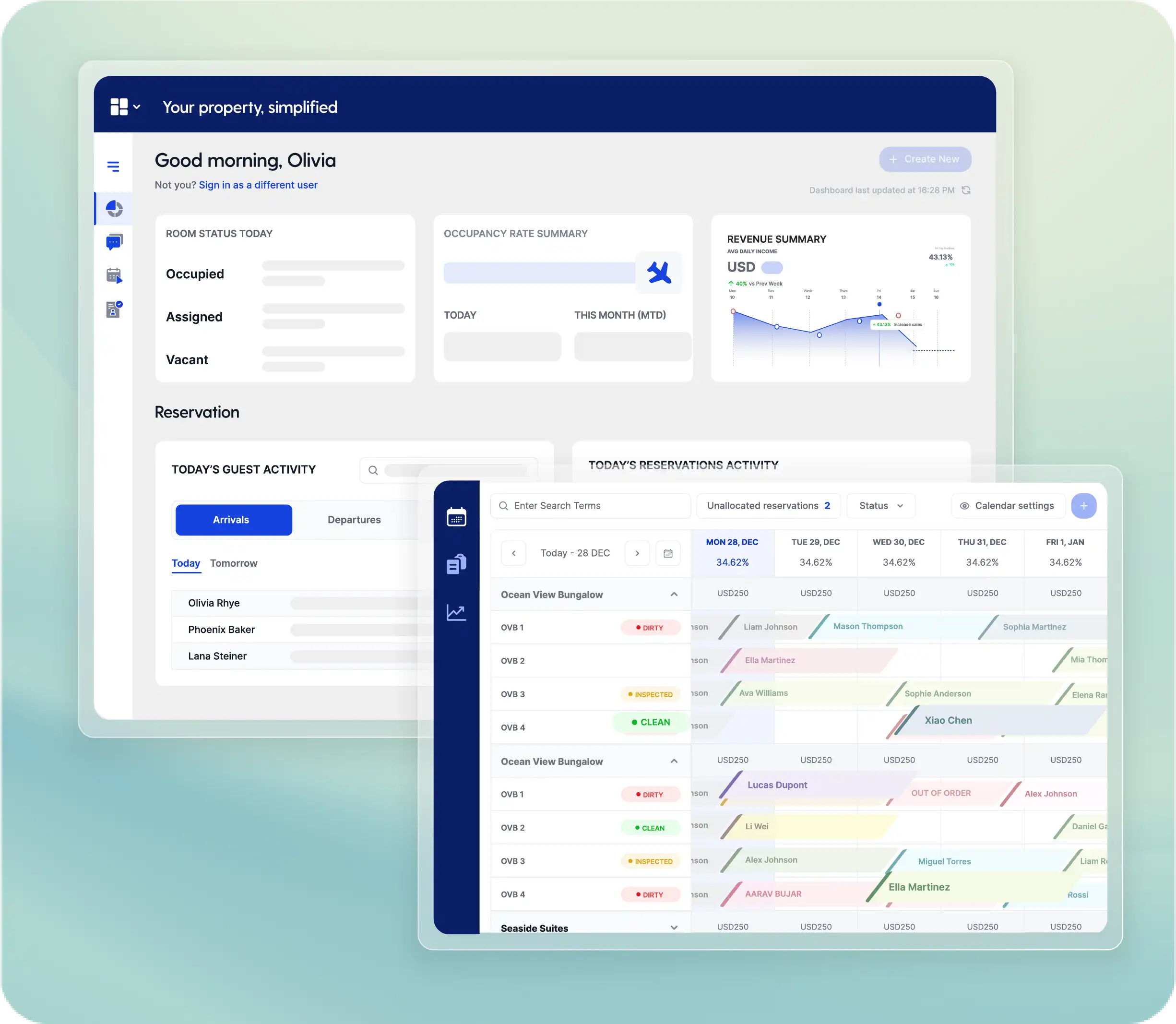Customer Acquisition Cost (CAC) Calculator
$0.00
Enter expense and customers to calculate—
Enter CLV to see the ratio$0.00
Tips to reduce CAC
- Shift budget toward high-ROI channels (e.g., direct website, returning guests).
- Improve conversion on your booking engine with simpler checkout and clear value props.
- Leverage loyalty, email, and remarketing to increase repeat bookings.
- Align sales & marketing with seasonal demand using rate and promo experiments.
What is Customer Acquisition Cost in Hotels?
Customer Acquisition Cost (CAC) is the average amount your property spends on sales and marketing to attract a single new guest. It includes expenses such as paid ads, OTA commissions, travel agent fees, social media campaigns, and direct booking promotions. Tracking CAC allows hotels to benchmark performance, control costs, and align spending with revenue goals.
Enter the data to see the CAC vs CLV chart
How to Calculate Customer Acquisition Cost
The CAC formula is simple:
For example, if your hotel spends $15,000 on marketing in a month and gains 200 new guests, the CAC is $75 per guest.
Why is CAC Important for Hotels?
- Financial Planning: Understand how much it costs to attract each new booking.
- Channel Comparison: Compare OTAs, direct bookings, and travel agents to identify the most profitable channels.
- ROI Insights: Evaluate whether guest lifetime value (CLV) justifies acquisition spending.
- Growth Strategy: Reduce costs by focusing on high-ROI campaigns and repeat guests.
Key Factors That Influence CAC in Hotels
- Marketing Mix – Paid ads, SEO, social media, influencer partnerships.
- Distribution Channels – OTA commissions, wholesaler margins, and GDS fees.
- Sales Team Costs – Wages, training, and incentive structures.
- Technology Investments – PMS, CRM, booking engine, and analytics software.
- Loyalty & Retention Programs – Discounts, points, and perks aimed at repeat guests.
Each of these contributes differently depending on the property size, market positioning, and guest segment focus.
CAC vs. CLV: The Profitability Equation
CAC becomes more powerful when paired with Customer Lifetime Value (CLV). Together they show whether your acquisition strategy is sustainable. A healthy hotel business should ideally maintain a CLV:CAC ratio of 3:1 or higher. This ensures that every dollar spent on acquiring a guest generates at least three dollars in long-term revenue.
